
BIG IDEAS

What is Anthropology?
Anthropology is the study of people and cultures in the past and today. How did people live a few decades ago, or thousands of years ago? And how have societies and cultures changed over time?

What are the big ideas about anthropology?


Studying What People Do
Everywhere and Across Time
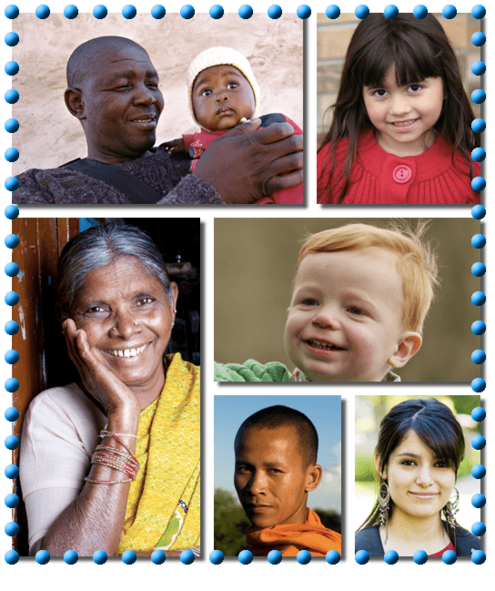
Anthropology helps us better understand people — all of us — as a whole.
Have you ever wondered about people living in different parts of the world today? What would it be like to go to school in Japan or grow up in a Buddhist temple in Tibet?
How did people live in the past — when your grandparents were kids, 200 years ago, or even 6,000 years ago? How have societies changed over time? And how have humans evolved?
These are some of the questions that anthropologists ask. Anthropologists are scientists who study groups of people all over the world. They try to understand the "big picture" of what it means to be human.
The word "anthropology" comes from the Greek anthropos ("human") and logia ("study"). Anthropology is the study of people everywhere — today, yesterday, and long ago.

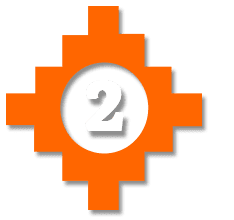
Four Ways
to Study People
Anthropologists study people from every angle. Some look at different people's customs, like how they eat, celebrate, or worship. Some study their history and the languages they speak. And others study the genetic differences within the human species.

What does it mean to be human?
Anthropology has four main branches.
- Cultural anthropology is the study of how people live — in the present and the recent past.
- Linguistic anthropology is the study of language within the context of anthropology.
- Archaeology is the study of past people through the things they left behind.
- Biological anthropology is the study of how humans have evolved and differences within the species.

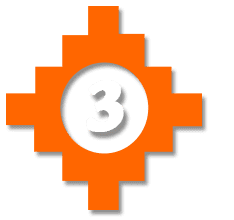
Studying Cultures
Today, Yesterday, and Long Ago

Cultural anthropologists investigate questions like: Why do Japanese mothers spend so much time preparing artistic bento boxes for their children’s lunches?
Cultural anthropologists study present cultures. Some also study cultures in the recent past using what people remember and have recorded.
What we call "culture" is everything that makes up the way a group of people live. It includes their beliefs, values, and traditions.
Culture is usually passed down from one generation to the next. For example, how does your family celebrate holidays? Maybe there's a special food or prayer that's been passed down by your grandparents and great-grandparents. Or your family might have a holiday game you play every year. Culture is also always changing. For example, can you think of a new holiday food or custom in your family?
It would be a huge job to study everything about one culture. So an anthropologist usually focuses on just one part of a culture. For example, how do people in a Malaysian village celebrate the birth of a baby? What is life like for Ghanaian immigrants in New York City? How do Americans act at sporting events — do they act differently than they do in everyday life?

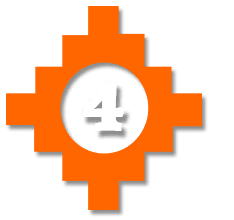
Getting an
Inside View
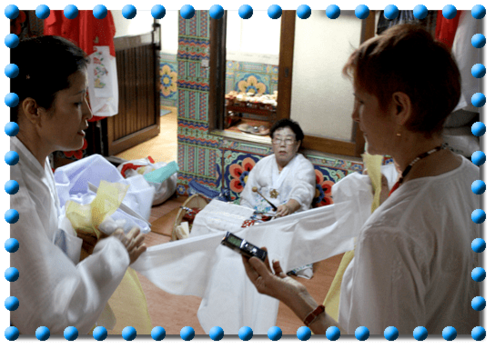
Anthropologists go to the places where people live. They need to be good listeners and observers.
Cultural anthropologists try to see things through the eyes of the people they're studying. To get a real insider's view, they do fieldwork. They go to the places where people live.
But before they go, cultural anthropologists spend years preparing. They want to understand what it would be like to be part of the culture. They read all about the history and customs of the people. They also learn to speak their language.
When they get there, anthropologists usually spend more than a year with the people they study. And they might go back many times over several decades. They live with the people. They observe what people do and how they live and ask lots of questions. They take photos, films, and audio recordings. Along the way, they record their observations and interviews in field journals and computers.
Fieldwork is only part of their job. After the trip, they analyze what they learned and write about it to share with others.

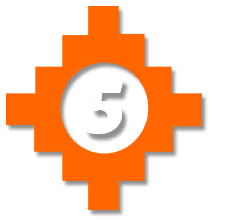
Learning About People
Through Their Language
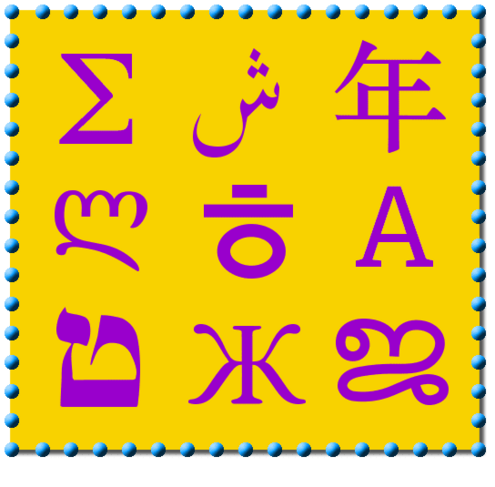
Linguistic anthropologists study questions like: How do we record languages where there are very few people left who speak them? What knowledge do we lose when we lose a language?
Think about the ways that you use words to share ideas, ask questions, or tell jokes with friends. That's your language. Language is something that makes us human. Without language, people could not pass down ideas, history, and beliefs.
Languages can tell us about the people who speak them. For example, children in Japan and Korea speak one way to their friends, but a different way to people who are older like a parent or teacher. They don't just use polite words. They speak in longer and different sentences. This way of speaking shows the importance of manners and respect for elders in Japanese and Korean society.
In the study of language, scientists look at present and past languages. They document the history of spoken and written language. Some study how languages began when early humans started to speak. Others study how different languages developed over time. They look for links between languages in different societies and also make connections between language and the brain. Anthropologists are among many who study language, since language has much to tell us about ourselves.

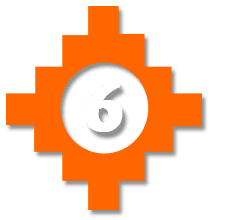
Digging Up Clues
About People of the Past
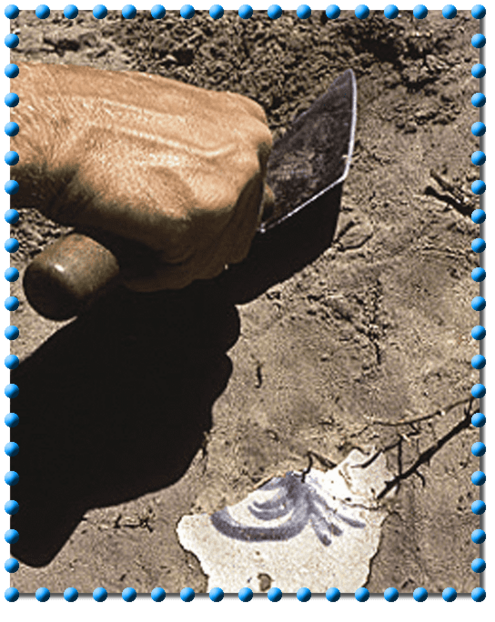
Archaeologists investigate questions like: For what activities did the Indians use pottery and shell on St. Catherines Island ?
Archaeologists use the things people left behind to help us understand how they lived long ago. Archaeologists find and study objects like broken pottery, graves, and ancient homes and other ruins. These objects can provide clues about how people lived, such as what they ate and how they worshipped.
Over time, most objects from the past decay or get buried. At dig sites, archaeologists carefully excavate and record artifacts that they find and the way the artifacts are arranged. Archaeologists use this information to create a picture of what life was like long ago. Sometimes they have to piece together this picture without any written records at all.

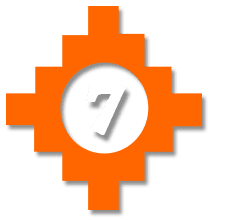
Humans Change
Over Time
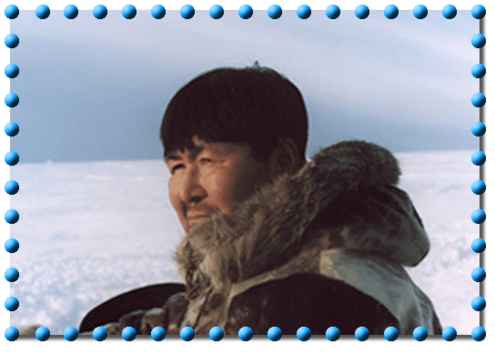
Biological anthropologists study how humans and their ancestors have evolved — or changed over time. They also study how humans behave and interact with their environment. They ask questions like: How did early humans hunt and search for food? When did humans first settle in the Americas?
To find out, some biological anthropologists examine fossil remains of humans that lived tens or hundreds of thousands or millions of years ago. Others may find clues by studying our closest relatives living today. They look at how other primates, such as apes, monkeys, and lemurs, behave in their habitats.
Biological anthropologists are also interested in variations within our species, like our body types, facial features, and skin colors. As humans spread across every continent over thousands of years, minor differences developed between people living in different places.
Sometimes, biological anthropologists are called in to help the police solve crimes. They examine a victim's remains to look for clues about the person's identity and how he or she lived and died.

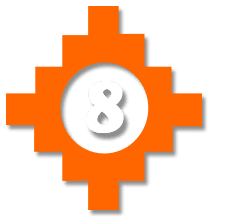
Museums Help Us
Explore Cultures
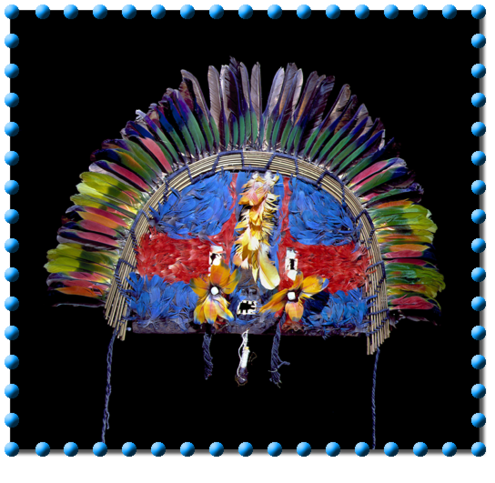
This feathered headress is displayed in the Museum’s Hall of South American Peoples. It was once worn by a young man in a tribe of the Amazon rain forest.
Museums are a great place to learn about people from different places and times. Anthropologists work with exhibition teams to create the exhibits. They use artifacts and fossil evidence to show how people lived. They also include photos, films, and sound recordings from their fieldwork.
Most artifacts are displayed in context — like in a scene or with related objects. This helps show how the artifacts were used and why they were important. Exhibits also reflect how anthropologists view the culture at the time the exhibits were made.
Artifacts on display are carefully selected from a museum's collections. The American Museum of Natural History has collected over 500,000 objects from around the world. Only a few hundred may be on display, but they are all available for anthropologists and others around the world to use in their research. Check out artifacts from Argentina to Zimbabwe in the Museum's collection!
Image Credits:
Photos: bento box, courtesy of www.flickr.com/photos/cuteobento/; scientist in Korea, courtesy of Laurel Kendall; trowel, courtesy of David Hurst Thomas; Inuit, courtesy of J. Hollens; Amazonian feathered headdress and stone tool © AMNH; all other people photos and sheet music, © istockphoto.com. Illustrations: Eye of Horus, Chinese coin and character, Hebrew letter, and Arabic letter vectors, by Vecteezy.com; Ndebele doll, S. Fotiadis/ © AMNH; Greek vase, L. Vernon/© AMNH; llama figurine, by Don Baker; floral design, © istockphoto.com.




 Biodiversity
Biodiversity
 Brain
Brain
 Genetics
Genetics
 Marine BiOLogy
Marine BiOLogy
 MicrobiOLogy
MicrobiOLogy
 PaleontOLogy
PaleontOLogy
 ZoOLogy
ZoOLogy
 AnthropOLogy
AnthropOLogy
 ArchaeOLogy
ArchaeOLogy
 Astronomy
Astronomy
 Climate Change
Climate Change
 Earth
Earth
 Physics
Physics
 Water
Water
